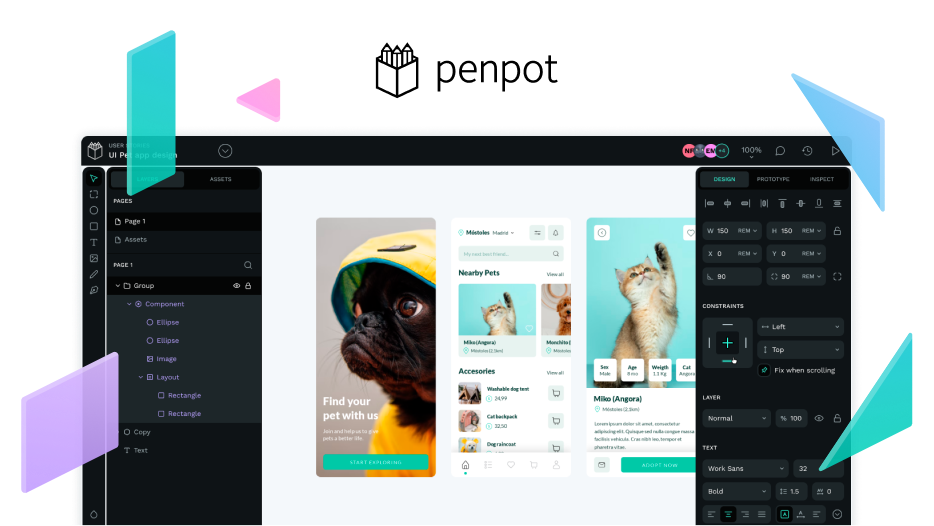The main goal for it is to facilitate the developers to create and publish their own custom plugins that integrate with our platform.
Here are ours first ideas on how this system could work:
The difference between a plugin and a code contribution is that their code for the plugins will be separate from the core app. Another advantage is that these plugins could be made by using HTML, CSS, and JS.
To ensure that the plugins are safe and high quality, we will have a “devs area” where developers can test and refine their plugins before publishing them to the marketplace. This safe zone will allow developers to experiment and try out their ideas without the risk of disrupting the platform for other users. Also, to insure quality, plugins will have a review system.
The user will have in their profile settings a “plugins” section from where they will be able to activate or deactivate the chosen plugins.
One step in that direction is our recent release, where we launch the new webhook. Webhooks are this little, cool ‘broadcast’ technology that allows other tools to listen to Penpot’s team and design activity and (automatically) perform actions of their own.
We would love to hear your opinion. What are your thoughts about this new feature?
We can’t wait to see what developers will create and how they will improve their experience on our platform with this new way of collaboration. To keep the progress of this feature, you can follow here: Taiga
